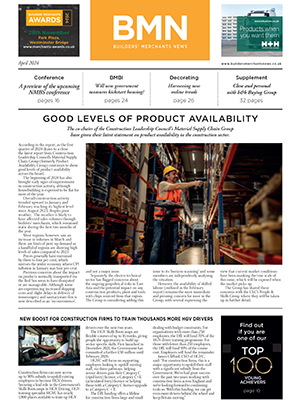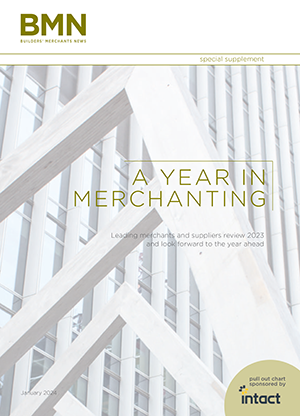There has been a significant change in the supply and demand for building materials recently. The economic crisis has made us all tighten our belts, but for merchants, keeping their heads above water has meant stock control is under particular scrutiny.
If merchants can keep their product availability high with less stock, there’s less financial pressure. However, this is a big “if” and it puts a lot of pressure on logistics. Manufacturers and contractors alike now need to change their mindset, which is why Alumasc is working hard to improve lead times on materials.
I took the additional responsibility of Alumasc’s rainwater & drainage teams in the summer of 2010. Over the past three years I’ve seen rapid changes in the supply and demand chain. Having an established relationship with merchants and contractors simply isn’t enough nowadays; we all have to be more financially aware, while ultimately putting customers at the forefront of our business.
A quicker turnaround and more efficient productivity from us as a manufacturer allows merchants to keep stock levels lower, placing orders as and when to meet contractors’ requirements. In order to honour our role in the chain, we have slashed our lead times from weeks to what is, in some cases, a next-day delivery service.
The maths is simple; faster lead times enable merchants to order closer to demand and turn stock into cash more quickly. With shorter lead times, contractors have lower scaffolding costs and can get off site more quickly, making everyone a winner.
There is still a place for holding a large and deep stock range, but it is being looked at much more carefully. But the question is: is it generating a high level of profitable sales or just tying up valuable financial capital?
The financial woe inflicted by the recession will continue to affect every aspect of the construction industry, so further procedural changes may be inevitable.
Paul Hetherington is managing director of Alumasc Rainwater and Harmer Drainage.







